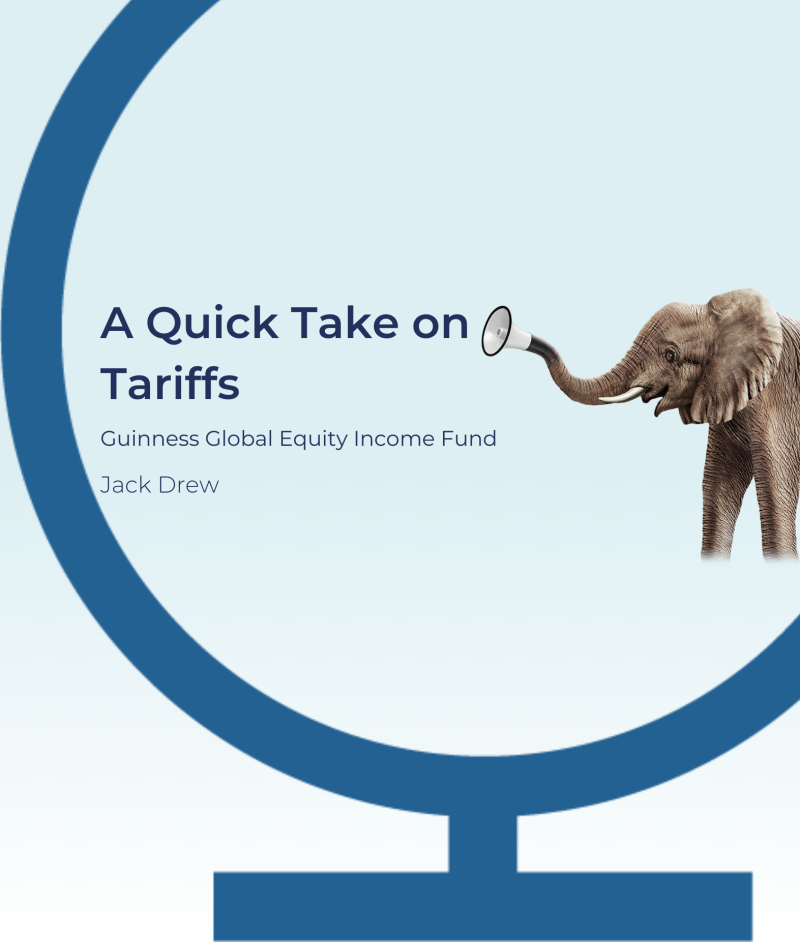Jack Drew
Tariffs are the major driving force behind markets at the moment. In the next 90 seconds, I'll try and answer three key questions that are top of mind. Who is affected? We have seen a gradual buildup in tariffs this year, initially targeting China, Canada and Mexico, but this escalated substantially in early April when the US introduced a 10% baseline tariff on all imports, albeit with some minor exemptions. This included additional retaliatory tariffs on a range of trading partners, but these were then swiftly paused for 90 days. China, however, remains in the crosshairs with the current tariff rate of 145% on most non technology goods.
So what is the rationale? Trump has long viewed global trade as a zero sum game, the fact that America runs a large trade deficit signals weakness in his view. Tariffs are therefore intended to shrink the trade deficit, raise tax revenues, revive US manufacturing, and also onshore blue collar jobs.
So what are the implications? Well, the immediate impact is a rise in uncertainty and a departure from historic trading norms. As a result, equities sold off sharply and volatility surged. While companies stabilise supply chains, we think large scale onshoring is unlikely as multi year capital allocation decisions are difficult given ongoing policy changes.
That said, it is impossible to predict the next move. We therefore look to do what we've always done, invest in resilient companies with high margins, firm balance sheets, persistently strong returns on capital that can weather any economic environment.

